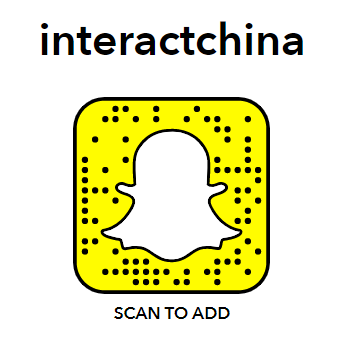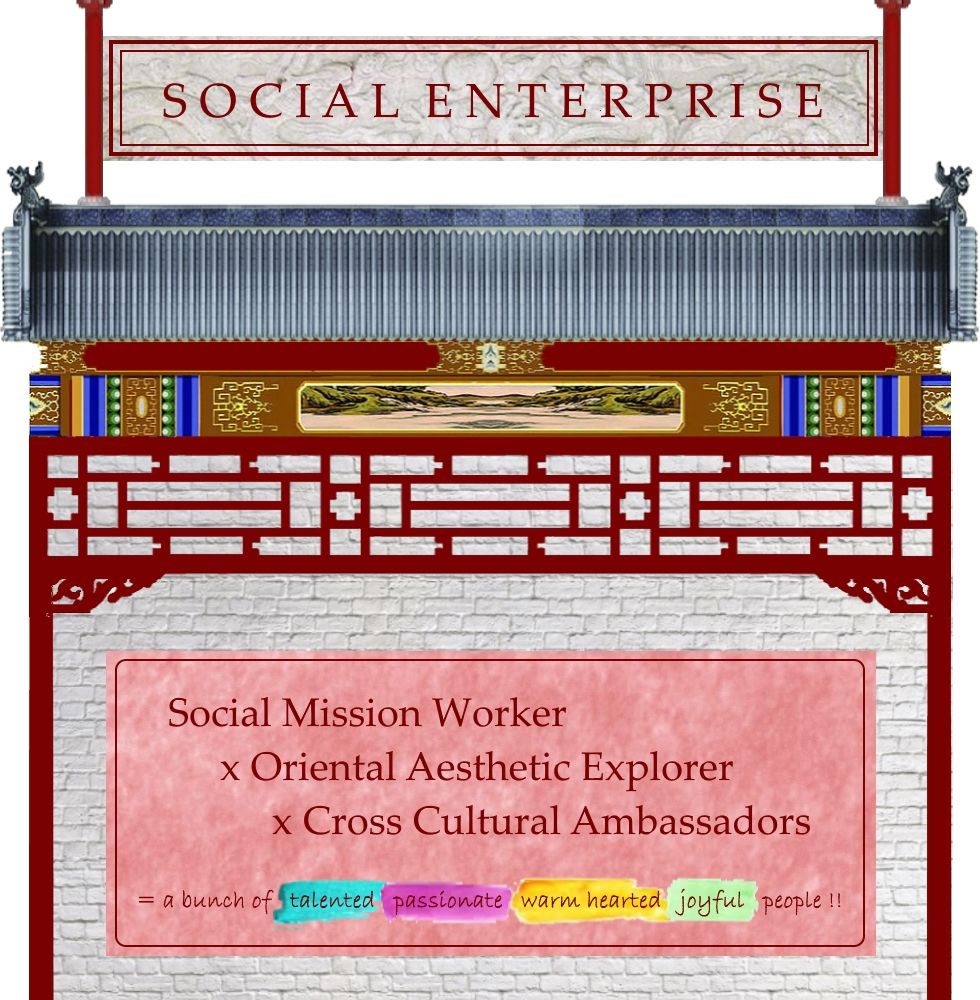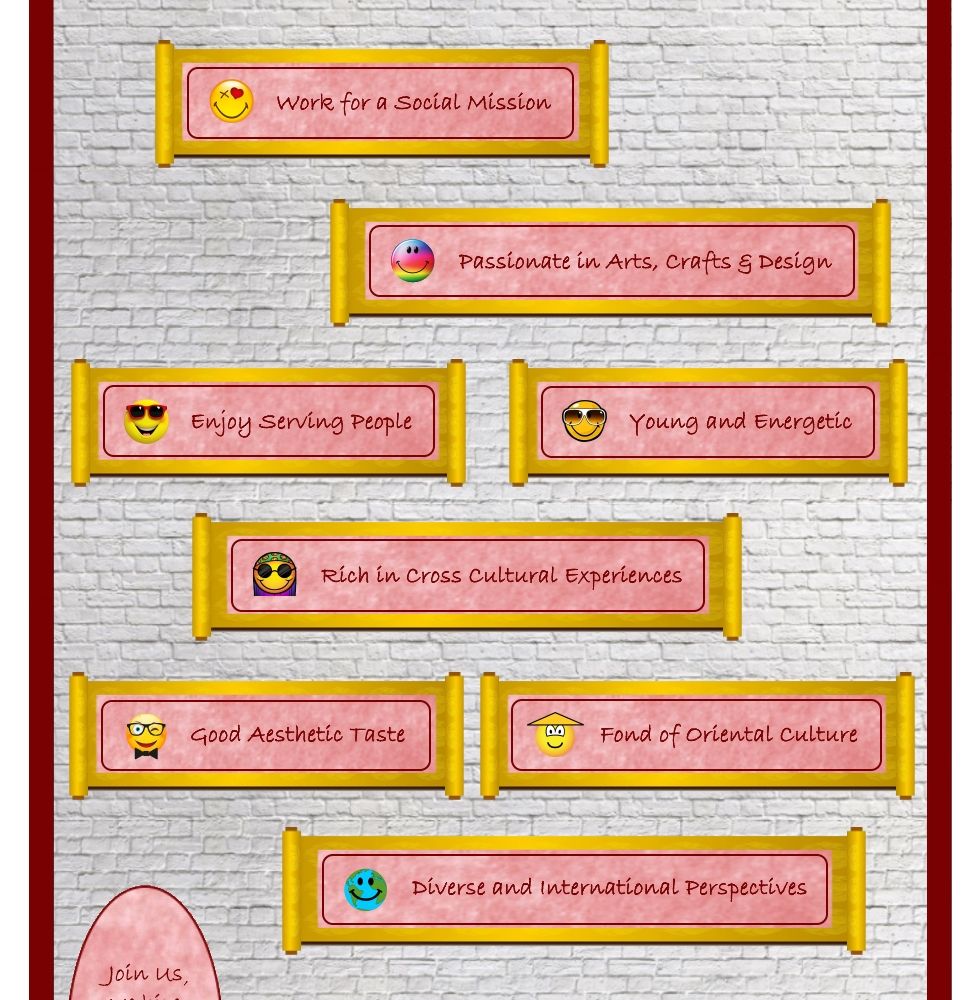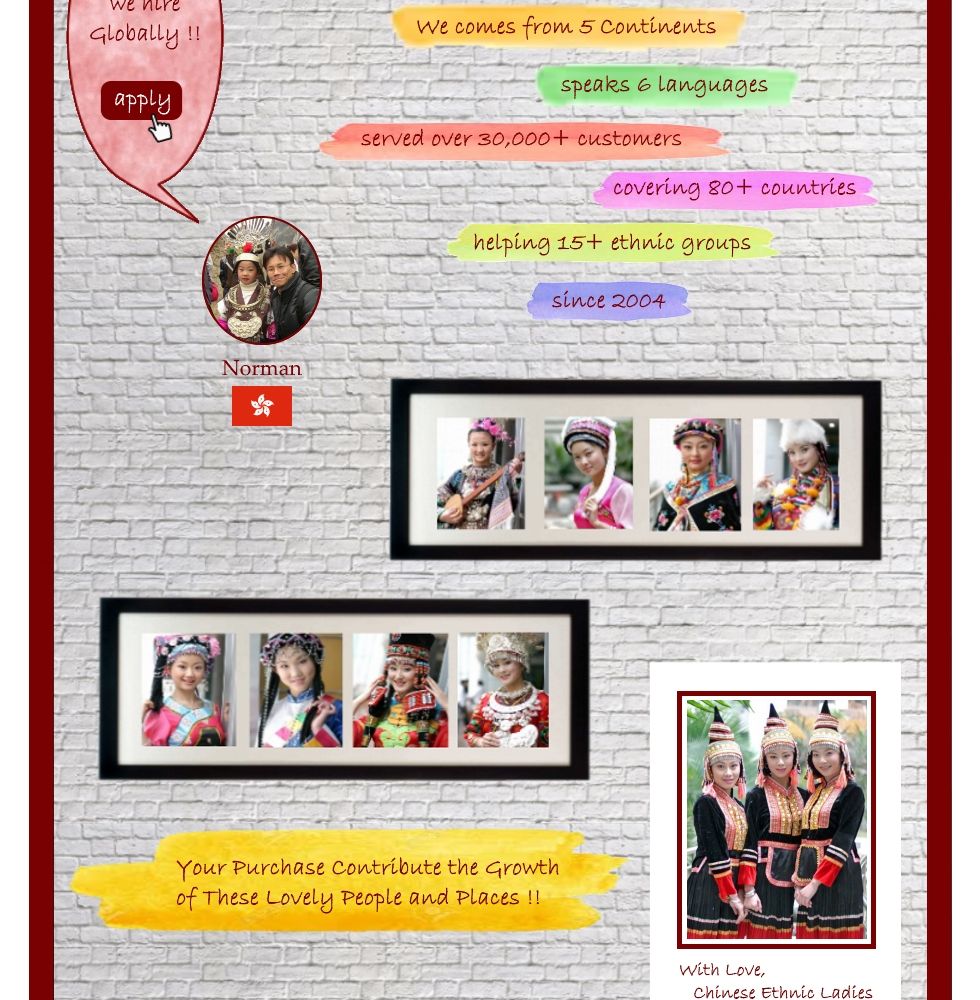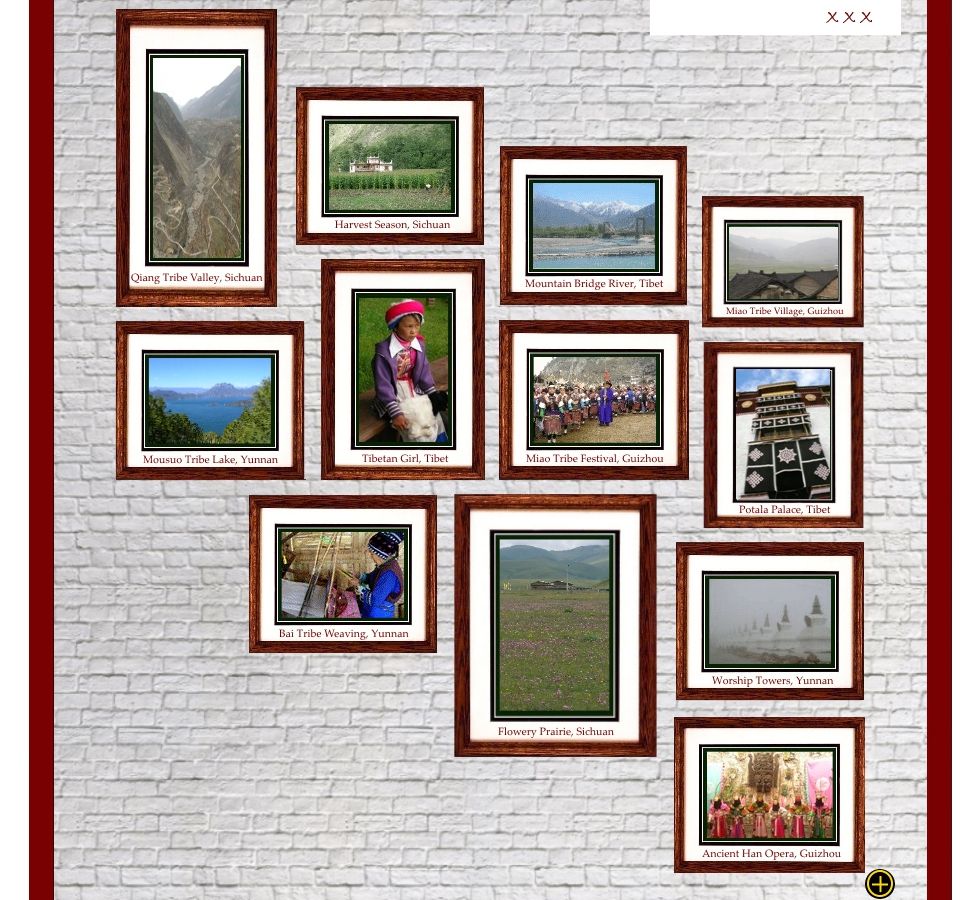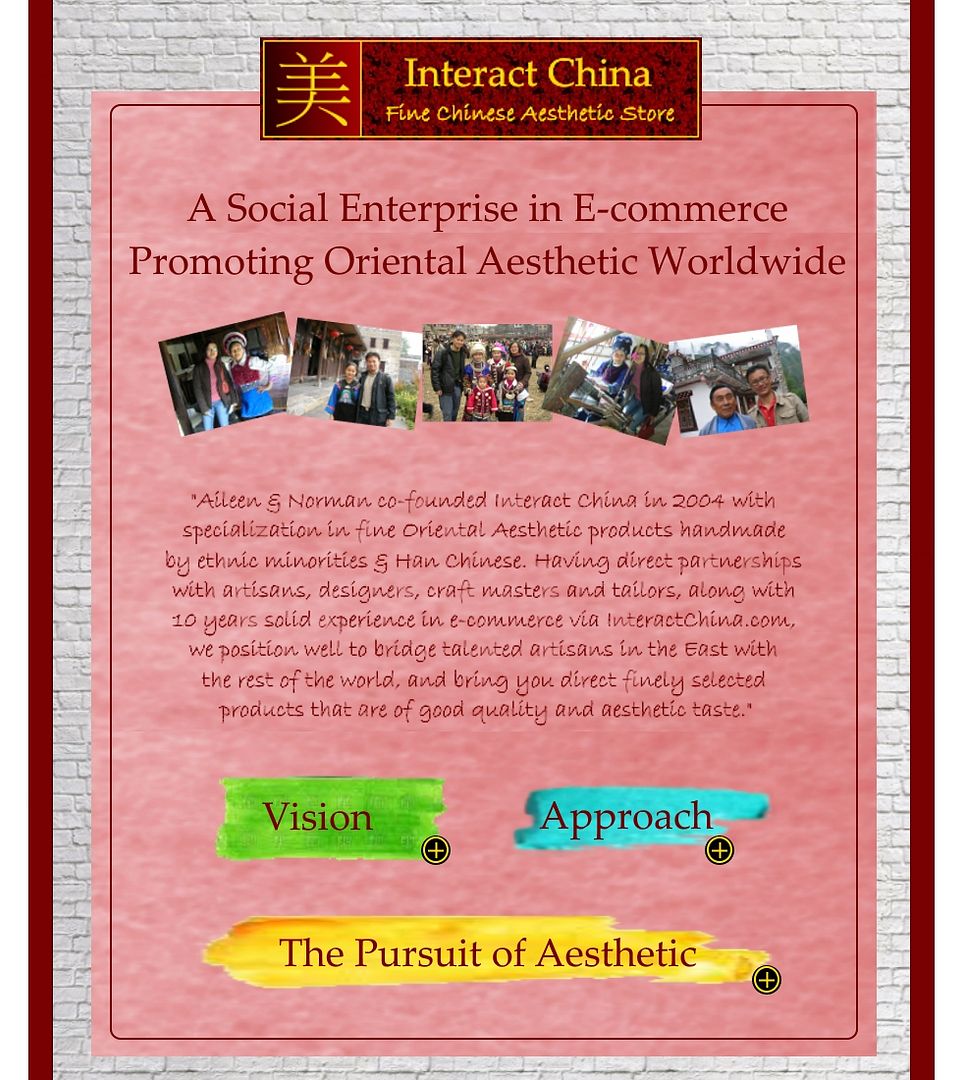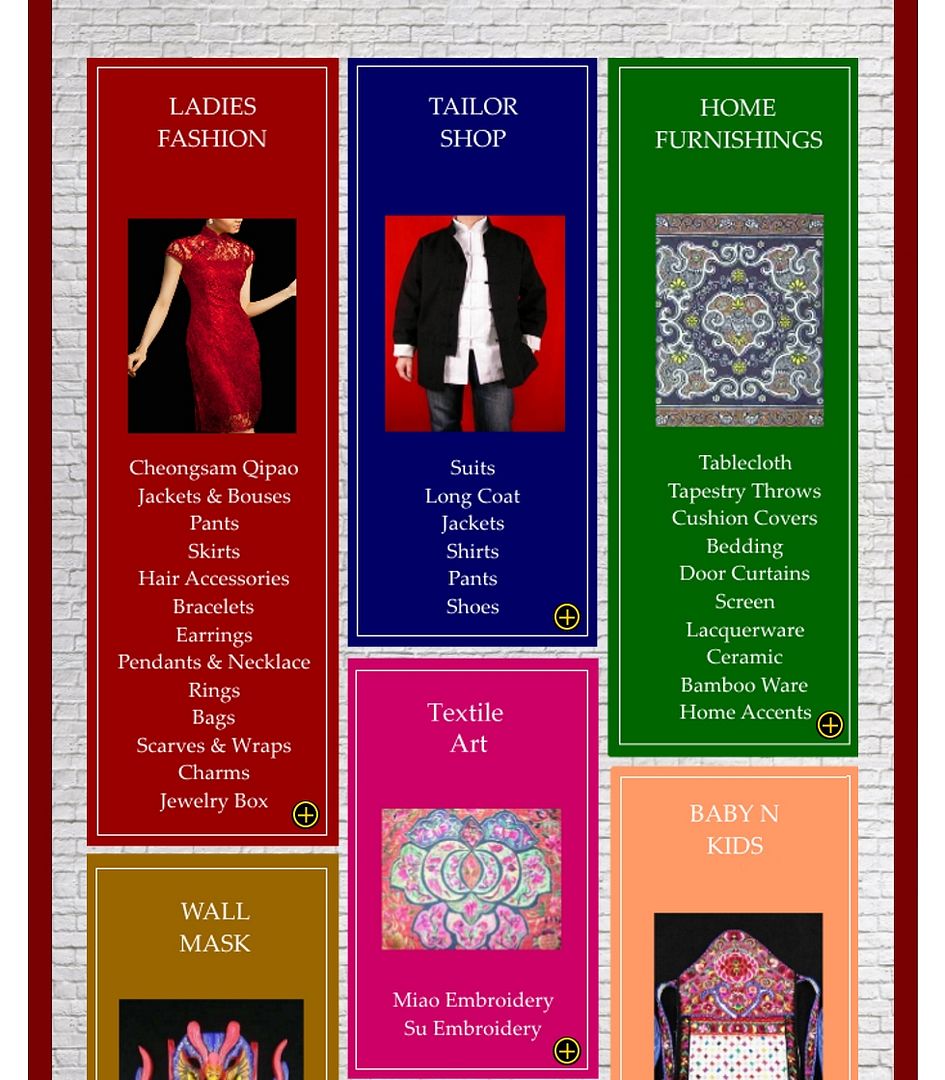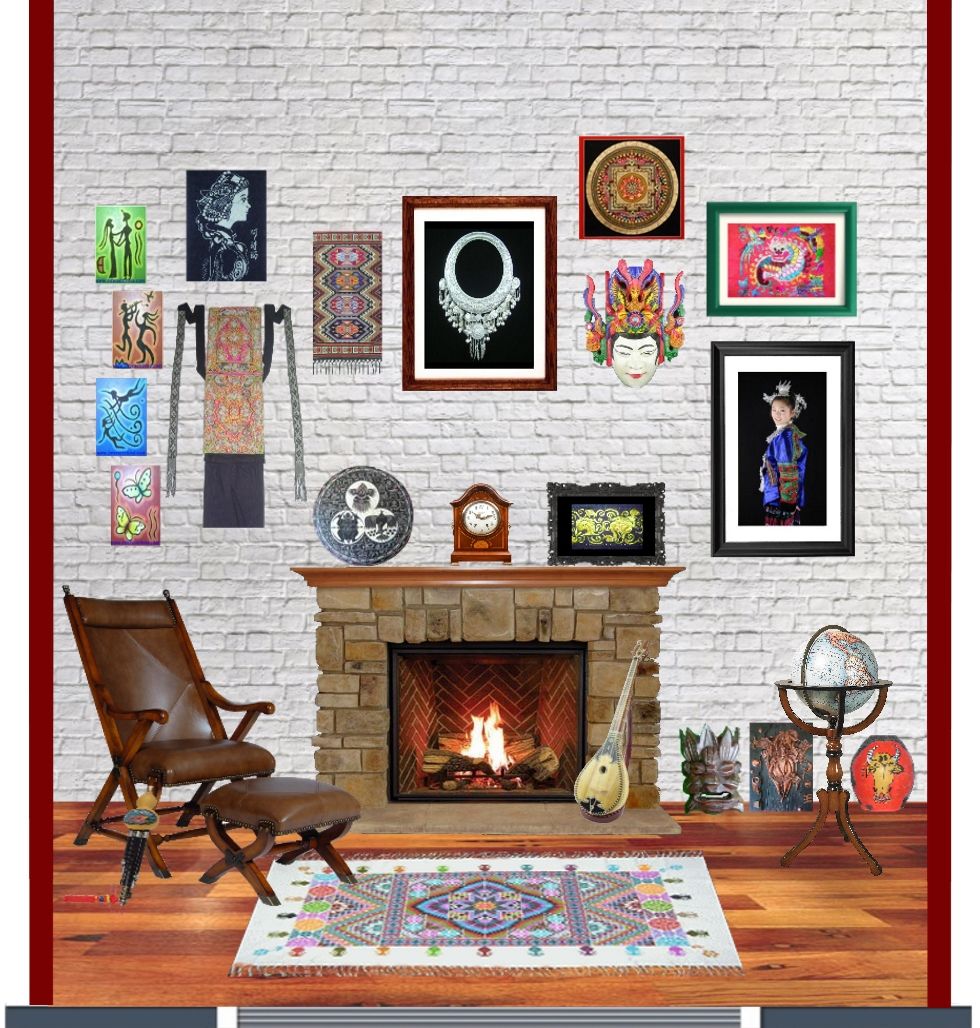Hanfu or Han Chinese Clothing
5th Jun 2017
Han Fu or Han Chinese clothing, referred in English simply as Silk Robe or Chinese Silk Robe, is the historical dress of the Han Chinese people worn for thousands of years before the conquest by the Manchus of the Qing Dynasty in 1644.
 |
History of Han Chinese Clothing
Han Fu has a history of more than three millennia, and is said to have been worn by the legendary Yellow Emperor.
Shang and Zhou Dynasty Han Fu
 |
 |
 |
The Shang Dynasty (1600 BCE-1046 BCE), developed the rudiments of Han Fu. It consisted of a narrow-cuffed, knee-length tunic tied with a sash, and a narrow, ankle-length skirt worn with a length of fabric that reached the knees.
The dynasty to follow the Shang, the Western Zhou Dynasty (1046-771 BCE), established a strict hierarchical society that used clothing as a status meridian, and inevitably, the height of one’s rank influenced the ornateness of a costume. Such markers included the length of a skirt, the wideness of a sleeve and the degree of ornamentation. In addition to these class-oriented developments, the Han Fu became looser, with the introduction of wide sleeves and jade decorations hung from the sash.
 |
In the Eastern Zhou Dynasty (770BCE-221BCE), the “deep robe” appeared a combination of tunic and skirt. The upper and lower halves were cut separately but sewn as a single unit. An additional change was the shaping of the left side of the costume into a corner, fastened on the chest.
Tang Dynasty Han Fu

Tang Dynasty (618CE-907CE) was a period of golden age for the people where culture and economy thriving. Especially, the Women’s dress and personal adornments saw some major reform in this era. Although it still continues the clothing of its predecessors such as Han (206BCE – 220CE) and Sui (581CE – 618CE) dynasties, fashion during the Tang was also influenced by its cosmopolitan culture and arts. Communications and trades were flourishing between the Tang and many places and cultures and that it has changed the thoughts and concepts of the old practices. Before the Tang, Chinese women were restricted by the old Confucian code where a woman’s status was low and her clothing had to be concealed. However during the Tang, women’s clothing gradually became broad and loose. Tang Dynasty was considered by some as another turning point for Han Fu. During the Tang era, foreign culture was lively accepted by the Chinese and blended into Chinese traditional culture.
Song Dynasty Han Fu

Some features of Tang Clothing carried into the Song Dynasty (960CE – 1279CE) Such as court customs. Song court customs often use red color for their garments with black leather shoe and hats. Collar edges and sleeve edges of all clothes that have been excavated were decorated with laces or embroidered patterns. Such clothes were decorated with patterns of peony, camellia, plum blossom, and lily, etc. Although some of Song clothing have similarities with previous dynasties, some unique characteristics separate it from the rest. Many of Song Clothing goes into Yuan and Ming.
Ming Dynasty Han Fu

Ming Dynasty also brought many changes to its clothing as many dynasties do. They implemented metal buttons and the collar changed from the symmetrical type of the Song Dynasty (960-1279) to the main circular type. Compared with the costume of the Tang Dynasty (618-907), the proportion of the upper outer garment to lower skirt in the Ming Dynasty was significantly inverted. Since the upper outer garment was shorter and the lower garment was longer, the jacket gradually became longer to shorten the length of the exposed skirt. Young ladies in the mid Ming Dynasty usually preferred to dress in these waistcoats. The waistcoats in the Qing Dynasty were transformed from those of the Yuan Dynasty.
Han Fu in Modern Day
Today, most Han Chinese wear Western-style clothing in everyday life. Han Chinese clothing is presently worn only as a part of historical reenactment, festivals, hobby, coming of age/rite of passage ceremonies, ceremonial clothing worn by religious priests, or cultural exercise and can be frequently seen on Chinese television series, films and other forms of media entertainment.
by Xiao Xiao @ InteractChina.com
About Interact China
“A Social Enterprise in E-commerce Promoting Oriental Aesthetic Worldwide”
Aileen & Norman co-founded Interact China in 2004 with specialization in fine Oriental Aesthetic products handmade by ethnic minorities & Han Chinese. Having direct partnerships with artisans, designers, craft masters and tailors, along with 10 years solid experience in e-commerce via InteractChina.com, we position well to bridge talented artisans in the East with the rest of the world, and bring you direct finely selected products that are of good quality and aesthetic taste.
So far we carry 3000+ goods covering Ladies Fashion, Kungfu Clothing, Home Furnishings, Babies & Kids, Painting Arts, Textile Arts, Carving Arts, Tribal Jewelry Art, Wall Masks and Musical Instruments. Our team speak English, French, German, Spanish and Italian, and serve customers worldwide with passion and hearts.
P.S. We Need People with Similar Passion to Join Our Blogging Team!
If you have passion to write about Oriental Aesthetic in Fashion, Home Decor, Art & Crafts, Culture, Music, Books, and Charity, please contact us at bloggers@interactchina.com, we would love to hear from you!






